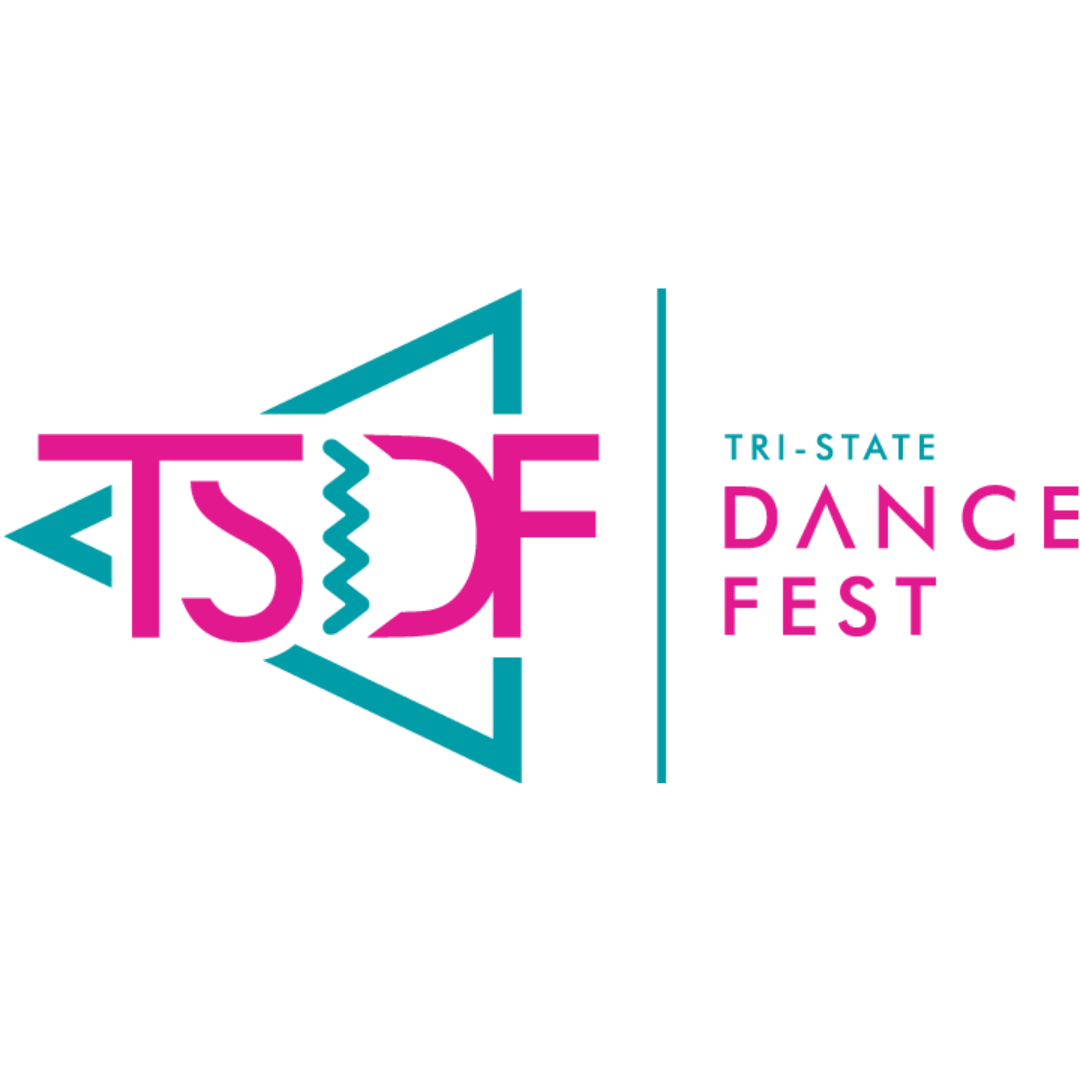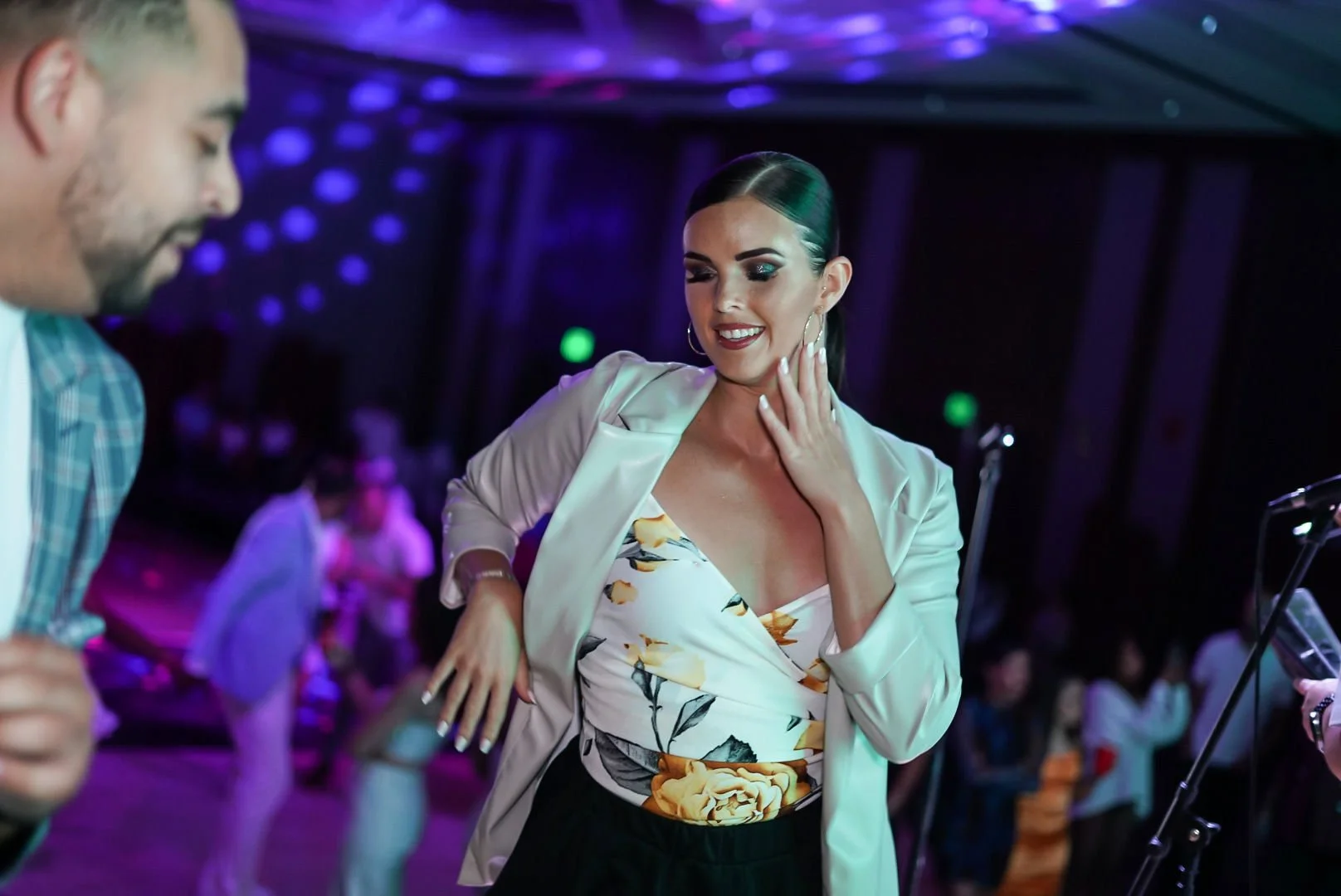Where is Salsa from? A Brief History
Cuban Pete and Milly Donay
Getting into the Latin dance scene can be an exciting, eye-opening experience. And the more you get involved, the more there is to uncover.
While building up your dance skills, it’s important to learn about the background of the music and dances we’re enjoying.
Like the question of where salsa comes from. At first glance, it seems like a simple question, with a straightforward answer.
In reality, what we think of as salsa music is a combination of different styles and musical traditions, influenced by cultural exchange in New York, that were then marketed under the blanket term “salsa”.
You could spend a lifetime studying the musical and cultural nuances of salsa; but, here’s a brief outline, to get you started:
Afro-Cuban music arrives in New York
The most important building blocks of salsa are Afro-Cuban rhythms. Afro-Cuban music draws on centuries of cultural mixing, with many styles drawing on rhythmic patterns from the Yoruba tribe, who originated in parts of what is now Nigeria, Benin, Ghana, Togo, and Cote d’ivoire.
Cuban music started to become popular in New York in 1930 when Don Azpiazú Havana orchestra arrived in New York and had a hit with the Cuban son, “El Manicero” or “The Peanut Vendor.” Within a year many big band jazz singers had recorded covers of the song.
In the following years, mambo, which was originally a section of the Cuban danzón, was popularized internationally, especially when Pérez Prado brought it to Mexico in the late 1940s and to New York in 1951.
Nuyorican musicians + Black American influences
In New York, cultural mixing and exchange was already occurring frequently and influencing popular music trends.
By the 1940s and 50s, Latin musicians in New York, who were largely Puerto Rican (or Nuyorican), were playing Afro-Cuban mambo, son, cha cha chá and guáguancó. They were also bringing in the influences of musical styles from Puerto Rico – like bomba y plena – and styles like jazz and big band swing, which were largely created by Black American communities in the U.S.
These cultural and musical influences contributed to an ever-evolving sound that also reflected changing social conditions in the 1940s, 50s, 60s, and 70s New York.
The Palladium
This increasing popularity of the music prompted a mambo dance trend, most famously centered at the Palladium Ballroom (1948-1966) where New Yorkers of all backgrounds gathered to dance. Though the Palladium was sometimes segregated, there were also opportunities for multiethnic gathering and for the best dancers to throw down on the dance floor, especially when the Big Three - Tito Puente, Tito Rodriguez, and Machito - were headlining.
Uptown and the Bronx
During the same time period, venues in the Bronx (later nicknamed "el condado de la salsa") and uptown Manhattan were critical gathering places for the continued development of the Afro-Cuban music and movement that would come to be called salsa. By the early 1960s, uptown was the place to be for musical creativity and dancing. Hot spots included: Hunts Point Palace, The Tropicana Club, and The Tritons Club.
At the Tritons, for example, Johnny Pacheco played with his charanga band and introduced the pachanga step, and Charlie Palmieri played with his charanga, La Duboney, helping solidify pachanga’s popularity.
Once The Palladium closed in the mid-1960s, along with many of the uptown clubs, The Corso Club on the Upper East Side became an important gathering spot for mambo dancers.
The name “salsa” is contested
What do you think of when you hear the word “salsa”? If you’re thinking of the sauce that you dip chips in, you wouldn’t be alone.
Tito Puente famously rejected the name, as did some other musicians, electing instead to refer to specific styles like mambo or charanga.
That’s because the word salsa was a commercial name selected by Fania Records to help market records, and wasn’t really popularized until the early-1970s. (There’s still some debate as to who really coined the term as a way to refer to an entire genre of music, since various individuals and publications had started using it in the late 60s and early 70s.)
Even though “salsa” was in some ways a commercial invention, it also represented a musical shift, as the lyrics and rhythmic feel of recordings began to reflect the social issues and subsequent revolutionary political movements of the 1970s, as well as ongoing collaboration between musicians of the African diaspora.
From mambo “craze” to salsa scene
Since the 1960s, many salsa styles have emerged in different regions and salsa dancing has become a global phenomenon, propelled along by the creation of the first salsa congress in 1997 in Puerto Rico.
The shared space created by dance classes and congresses – what we sometimes collectively refer to as “the scene” – allows us to continue to learn about and celebrate different styles of Latin music and dance.
Where did you first learn about salsa music and dance? Tell us in the comments below.
-
Connect with Mela on Instagram @melamuzio or at www.themillennialphd.com.
Interested in learning more about this topic? There’s tons of community-based knowledge in the scene and free online resources. In addition, you might be interested in:
“Salsa Rising” by Juan Flores
“Salsa World” by Sydney Hutchinson
“A South Bronx Latin Music Tale” by Roberta L. Singer and Elena Martínez


